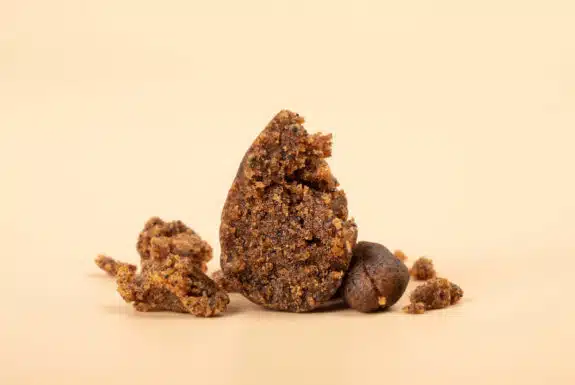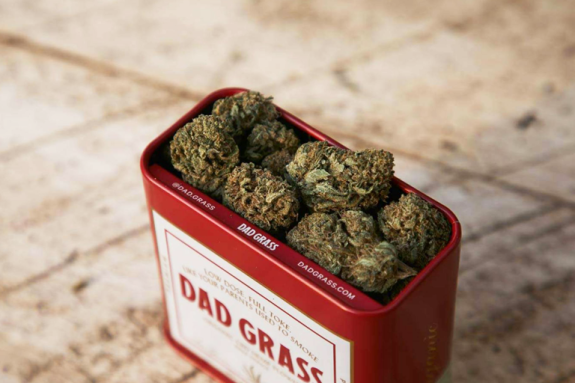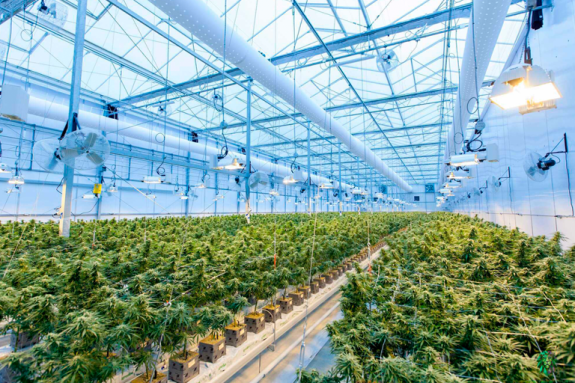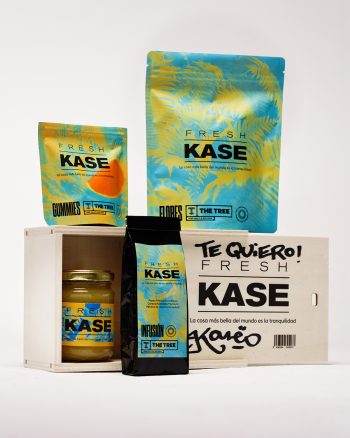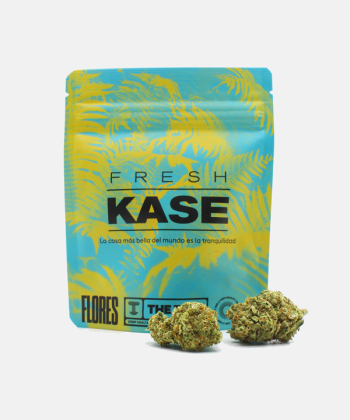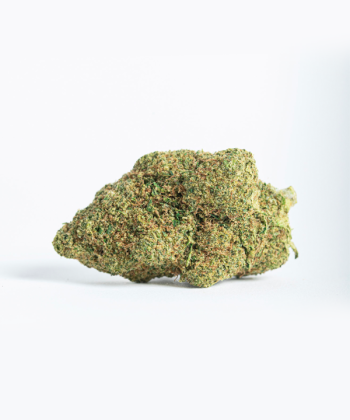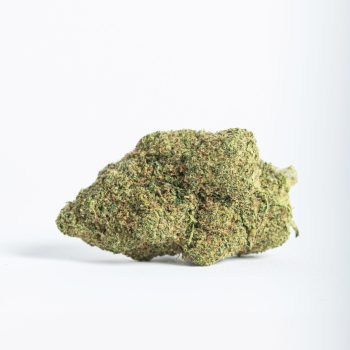Hashish, sometimes known as “hashish”, is a derivative of cannabis that has been consumed for centuries in various parts of the world. The product is distinguished by its particular appearance and texture, as well as its psychotropic effects.
Pollen, on the other hand, is a specific type of hashish, obtained through specific processes. These give it a particular colour, texture and taste, which are highly valued by most consumers.
But what exactly is hashish and where does it come from?
Hashish, as mentioned above, is a derivative of cannabis. Specifically, it is made by separating the resin from cannabis plants. Most of this resin is produced and found in the flowers of female plants.
There, glands called trichomes develop, which are rich in compounds such as THC, CBD, terpenes and other cannabinoids. They also have the sticky texture that characterises resin and contain the plant’s essential oils.
Morphologically, they are small structures that look like tiny white hairs with a small ball at the tip. The substances they contain and produce, detailed in the previous paragraph, are what give cannabis its effects.
When these resin glands are extracted and made into hashish, of whatever kind, the resulting product contains higher levels of cannabinoids than the flowers from which it was made. In a way, we could say that hashish is a concentrate of the substances that give cannabis its active principles.
What exactly is pollen?
Pollen is a specific type of hashish that is characterised by having an airy texture, being light in colour and very aromatic. These organoleptic properties are mainly due to its extraction method, i.e. the processes used to obtain it.
Also called dry hash or dry hash to distinguish it from water hash, pollen stands out for its high content of cannabinoids and terpenes, with light shades ranging from yellow to brown and even green.
To obtain it, the resin is extracted from the flowers through a dry sieving process: cannabis flowers with a high cannabinoid content are placed on a very fine mesh screen, which is gently tapped so that the flowers vibrate and receive light impacts. The vibrations generated separate the trichomes from the flowers, so that they are filtered through these meshes.
The result is a kind of light brown or yellow powder, which forms a paste of a similar shade when pressed. In this way, once the resin is separated from the flower, it is pressed to form slabs of the hashish known as pollen.
This form of production is one of the most traditional in existence: this is how it is produced in countries that are known for the quality of their hashish, such as Morocco, for example.
Does CBD pollen exist?
Yes, CBD pollen exists and you can find it in our shop. Unlike traditional hashish, which is characterised by high THC levels, CBD pollen is not psychotropic. This is because its maximum THC level is reduced to the legally permitted 0.2%.
On the other hand, it is rich in CBD, as it contains high levels of this cannabinoid. It is also very similar in appearance, texture and aroma to traditional hashish, retaining the light shades ranging from yellow to brown or green.
Instead of using marijuana, as is the case with traditional hashish, hemp flowers rich in CBD are used for its production. Otherwise, the process of extracting and separating the resin is exactly the same, which is why it has a high level of similarity to traditional hashish.
As with traditional hashish, CBD hashish is also a resin concentrate, so it contains much higher levels of CBD than the flowers it comes from.
Finally, to conclude this article on CBD pollen, we would like to remind you once again that this product is not intended for human consumption, but is a collector’s item. Consequently, any use other than this constitutes a misuse of the product.

